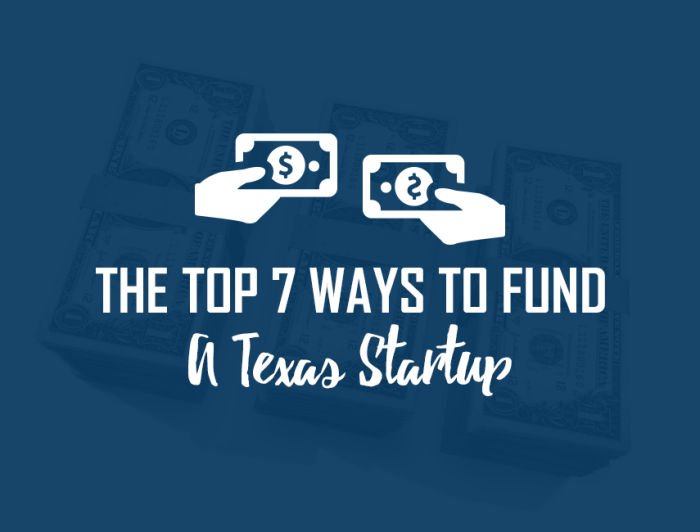Have you started your own business? Do you have an entrepreneurial spirit? Then share your advice! We are in the process of creating a Startup Business Advice Hub, where people can come and learn what it takes to start their own business and see what others have done to succeed.
We have different categories of advice we want to target, but if you have advice that doesn’t fit into one of the categories, please feel free to share!
Please submit your advice and, if chosen, we’ll credit you and your business in our advice hub.
Submit Your Advice
[gravityform id=”1″ title=”false” description=”true” ajax=”true”]

 In many ways, one of the most important decisions you will make when starting a business involves exactly what you choose to call it. Your name is hugely important to the future of your organization—it immediately creates an image in your customer’s mind about who you are, what you offer, and (most importantly) what you stand for.
In many ways, one of the most important decisions you will make when starting a business involves exactly what you choose to call it. Your name is hugely important to the future of your organization—it immediately creates an image in your customer’s mind about who you are, what you offer, and (most importantly) what you stand for.

 This one is tough. It’s the biggest, most prominent Texas team from a national perspective, so you’d think I’d go with the biggest company in Texas, Exxon Mobil, which everyone knows. We all drive by their gas stations. However, I would argue that AT&T is a better match.
This one is tough. It’s the biggest, most prominent Texas team from a national perspective, so you’d think I’d go with the biggest company in Texas, Exxon Mobil, which everyone knows. We all drive by their gas stations. However, I would argue that AT&T is a better match. If Texas couldn’t be Exxon Mobil, then A&M has to be. After all, the school does have a huge endowment (larger than UT even) in large part due to oil. Like Texas, A&M also has a rabid fan base, possibly even more rabid than Texas. No matter where in the world you go, it seems like you always run into someone that is proudly proclaiming that they went to A&M or are fans of A&M.
If Texas couldn’t be Exxon Mobil, then A&M has to be. After all, the school does have a huge endowment (larger than UT even) in large part due to oil. Like Texas, A&M also has a rabid fan base, possibly even more rabid than Texas. No matter where in the world you go, it seems like you always run into someone that is proudly proclaiming that they went to A&M or are fans of A&M. Oh Baylor, what can we say about you? There’s an old idiom about one’s eyes being bigger than one’s stomach. I think this applies here. Alternately, ambitions are bigger than practicality. Baylor is a relatively small school in a relatively small city in Texas with a ton of in-state FBS competition. When I think of Baylor sports, I think of scandal, not just football, but also basketball. There’s really only one Texas company that is repeatedly mired in scandals,
Oh Baylor, what can we say about you? There’s an old idiom about one’s eyes being bigger than one’s stomach. I think this applies here. Alternately, ambitions are bigger than practicality. Baylor is a relatively small school in a relatively small city in Texas with a ton of in-state FBS competition. When I think of Baylor sports, I think of scandal, not just football, but also basketball. There’s really only one Texas company that is repeatedly mired in scandals,  They have a football team? 20 years ago, if you weren’t from West Texas or an alumni of Texas Tech, this is probably what you would have been thinking. If you look further back, Texas Tech didn’t join the Southwest Conference until more than 40 years after the conference was founded. It was the first new member of the conference in 33 years.
They have a football team? 20 years ago, if you weren’t from West Texas or an alumni of Texas Tech, this is probably what you would have been thinking. If you look further back, Texas Tech didn’t join the Southwest Conference until more than 40 years after the conference was founded. It was the first new member of the conference in 33 years. University of North Texas is a public university that almost seems forgotten. The school traces its roots to 1890 but didn’t take its current name until 1988. While UNT originally started playing football in 1913, it has only been playing uninterrupted at the FBS level since 1995. Most of those years were in the Sun Belt Conference, which really didn’t do a lot to bring a lot of national prominence to a team. Since 2013, it has played in Conference USA, which makes this the first school in our list to not be in a Power 5 conference.
University of North Texas is a public university that almost seems forgotten. The school traces its roots to 1890 but didn’t take its current name until 1988. While UNT originally started playing football in 1913, it has only been playing uninterrupted at the FBS level since 1995. Most of those years were in the Sun Belt Conference, which really didn’t do a lot to bring a lot of national prominence to a team. Since 2013, it has played in Conference USA, which makes this the first school in our list to not be in a Power 5 conference. Southern Methodist University is the only school to get the dreaded “Death Penalty.” What Texas company was brought to its knees by scandal, lawsuits, bad behavior, and fraud? I’d liken SMU to Dynegy.
Southern Methodist University is the only school to get the dreaded “Death Penalty.” What Texas company was brought to its knees by scandal, lawsuits, bad behavior, and fraud? I’d liken SMU to Dynegy. A lot of can people forget TCU has a football team. In Texas, they are overshadowed by Texas, Texas A&M, and lately, University of Houston. It’s not too surprising. Between 1939 and 1993, TCU did not win a single conference championship. They went without any conference wins 4 different times. In 1994, they finished tied for 1st with a conference record of just 4-3.
A lot of can people forget TCU has a football team. In Texas, they are overshadowed by Texas, Texas A&M, and lately, University of Houston. It’s not too surprising. Between 1939 and 1993, TCU did not win a single conference championship. They went without any conference wins 4 different times. In 1994, they finished tied for 1st with a conference record of just 4-3. The football program at University of Houston has had more success, historically, than many of the other Texas schools. They even have a Heisman Trophy winner, alongside fellow Texas schools UT, A&M, SMU, Baylor, and TCU. They were the first school in Texas to have an African American scholarship player.
The football program at University of Houston has had more success, historically, than many of the other Texas schools. They even have a Heisman Trophy winner, alongside fellow Texas schools UT, A&M, SMU, Baylor, and TCU. They were the first school in Texas to have an African American scholarship player. I struggle with what to say about Rice. It’s mean, but a quote from The Replacements (2000) comes to mind: “Hey Falco! You’re not even a has-been! You’re a never-was!” To be fair, Rice did once go to the Orange Bowl—back in 1954. Their biggest claim to fame is their 3rd head coach, John Heisman. Yes, the same Heisman that the Heisman Trophy is named after. Yet ironically enough, no Rice player has ever won the Heisman.
I struggle with what to say about Rice. It’s mean, but a quote from The Replacements (2000) comes to mind: “Hey Falco! You’re not even a has-been! You’re a never-was!” To be fair, Rice did once go to the Orange Bowl—back in 1954. Their biggest claim to fame is their 3rd head coach, John Heisman. Yes, the same Heisman that the Heisman Trophy is named after. Yet ironically enough, no Rice player has ever won the Heisman. Running a successful business
Running a successful business